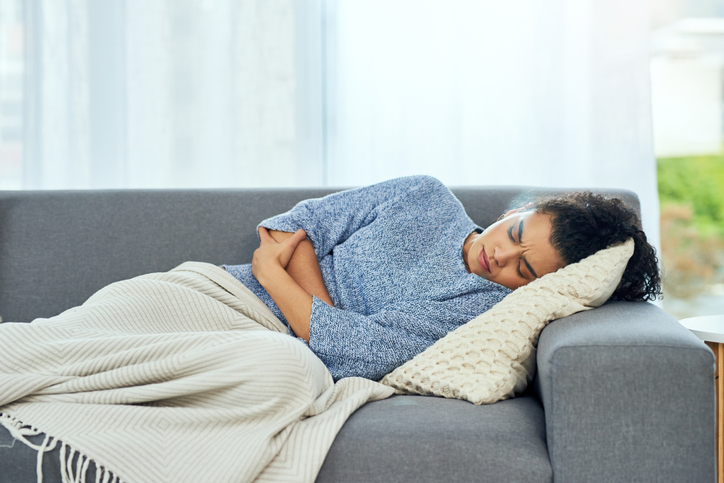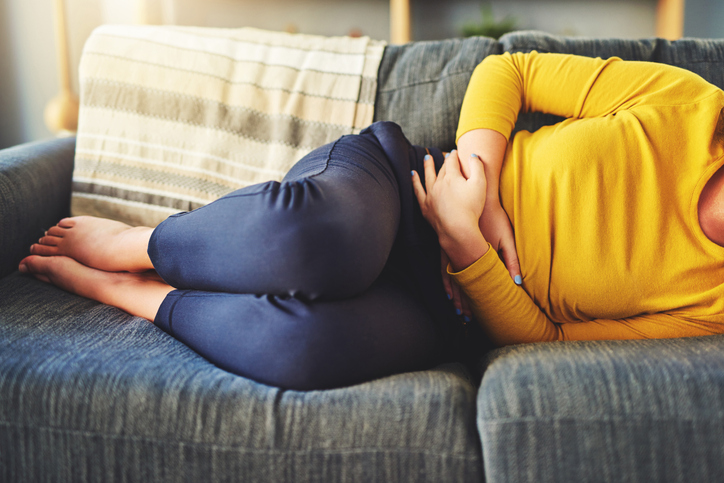Pain
At-Home Treatment Options for Endometriosis

What is endometriosis?
A woman’s uterus is lined with endometrial tissue that is shed once a month during the menstrual cycle. Endometriosis is a chronic, painful medical condition that occurs when endometrial-like tissue grows outside the uterine cavity. The ovaries, Fallopian tubes, and the tissue lining the pelvis are commonly involved. Pain associated with endometriosis is usually more severe during menstrual periods as the tissue responds to changing hormones and thickens and bleeds but has no way to exit the body. In severe cases, endometriosis can cause infertility.
At-home treatments
In addition to conventional treatments for endometriosis, such as pain medications, several at-home treatment options can also help reduce pain.
Over-the-counter pain medication
Nonsteroidal anti-inflammatory drugs (NSAIDs), such as ibuprofen and naproxen, can help relieve cramping pain. Taking these medications with food can help prevent stomach upset.
Temperature therapy
Applying heat to the pelvic area can help relax the pelvic muscles, reducing both pain and cramping. Placing a heating pad or a hot water bottle on the area or taking a warm bath can help reduce symptoms.
Stress management
Studies show that high levels of stress may exacerbate symptoms of endometriosis. Practicing stress management techniques, such as mindfulness-based stress reduction, can be helpful.
Physical activity
Physical activity can help reduce endometriosis symptoms. Exercise releases endorphins, which boost mood and reduce pain levels. Physical activity also reduces estrogen levels. Low-impact activities like walking, swimming and yoga are good choices, but any type of physical activity is helpful.
Anti-inflammatory diet
A diet rich in anti-inflammatory foods may reduce symptoms of endometriosis by decreasing inflammation in the body. Incorporating anti-inflammatory foods into the diet can help manage endometriosis symptoms in the long-term. Common anti-inflammatory foods include leafy greens vegetables, chia seeds, blueberries, salmon, broccoli and ginger.
Castor oil
Castor oil has been used for hundreds of years to treat menstrual pain. It contains ricinoleic acid, which has impressive anti-inflammatory benefits. Castor oil should be massaged directly on the abdomen at the start of cramping. A few drops of a relaxing essential oil, such as lavender, can be mixed with it prior to application. A heating pad can also be placed over the area to help relax the pelvic muscles. A patch test should be performed to check for an allergic reaction if castor oil has never been used before. Also, individuals who think they may be pregnant should not use it.
Pelvic massage
Massaging the pelvic muscles helps to relax them, reducing inflammation and cramping. A pelvic massage should not be done during menstruation as it can exacerbate symptoms if done during this point of the menstrual cycle.














